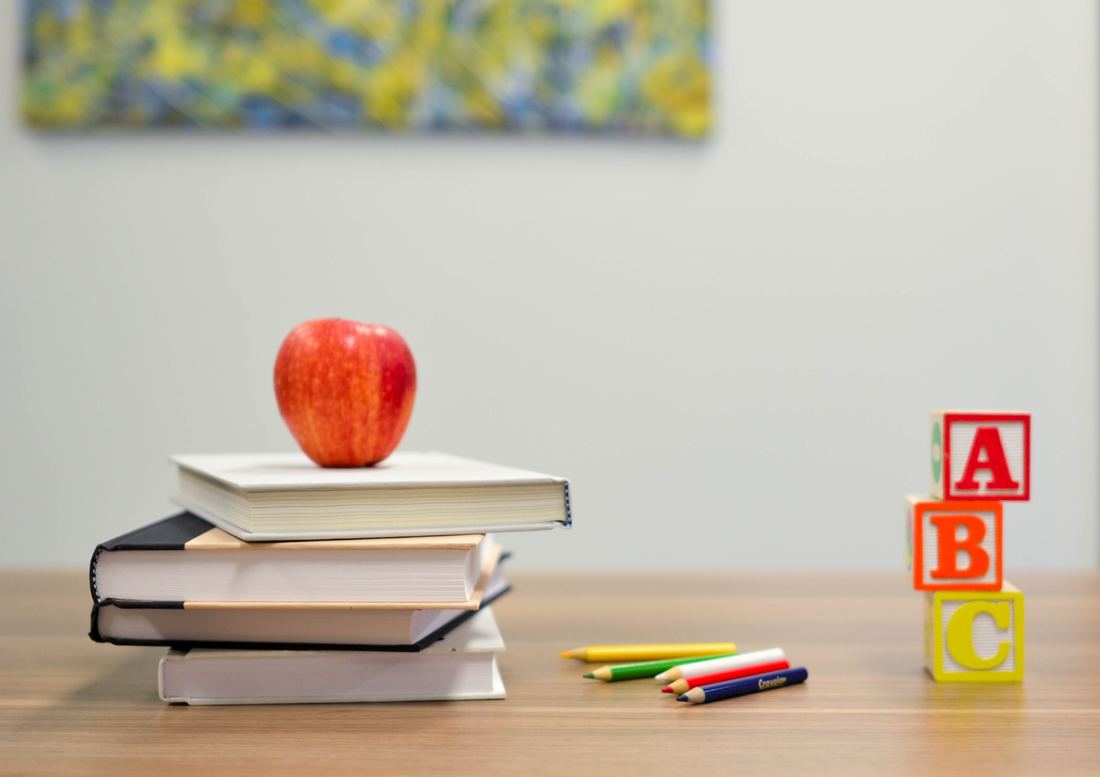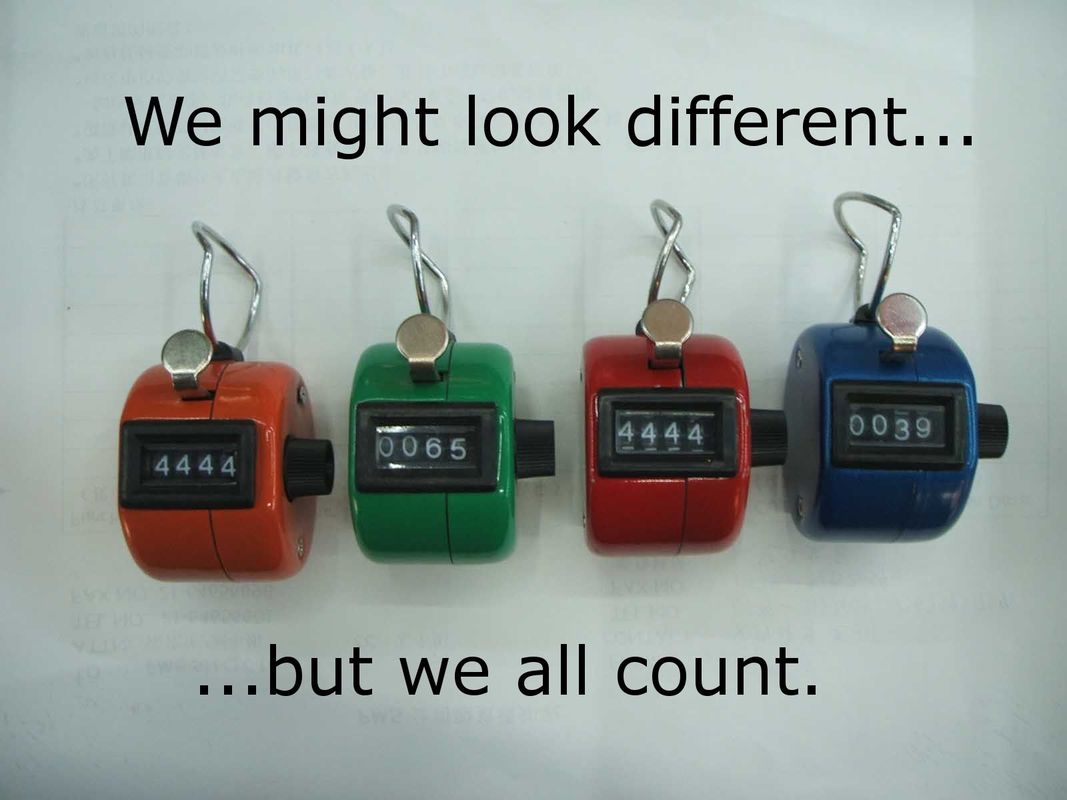|
As adults most of us have had the experience of doing something without really thinking about it. We drive a car, read, talk and complete simple daily tasks like brushing our teeth without having to think through each step. If asked we’d find it quite difficult to think through all the separate component parts of many tasks to explain step by step exactly what we are doing. One step beyond knowing something is becoming fluent in applying that knowledge. Again, if we think about daily tasks there are some that although we know how to do them it might take us a bit longer to get them done. You may know how to drive a car and you are fluent when driving from home to work, if you are asked to drive to a new destination or undertake an unfamiliar manoeuvre, such as backing a trailer you might take a bit longer. You may need to think ahead a bit more about how you are going to perform the task. During the task you may have to think step by step what you are doing.
Children learn to read, write and do arithmetic moving through these stages of being complete novices needing to learn every component of a skill step by step to knowing the skill to becoming fluent in applying skills. What’s useful about a skill becoming automatic is that it leaves our brains free to do something more than just apply the skill in the same way. When children become fluent readers, able to automatically read text, they then begin to learn from what they are reading. When they can write automatically they can begin to create interesting and useful text. When they become automatic in their understanding of number and arithmetic they can start to learn about how to apply this knowledge to develop further understanding of the world using mathematical concepts to help them. Sometimes children get stuck or take a bit longer to acquire the required level of automaticity compared to their peers. This can be a huge pressure for parents and students. For some thinking about the idea of how this might be playing out in our modern education have a look at this Ted talk from Sir Ken Robinson in which he discusses some of the challenges facing modern education systems. The talk is about 11 minutes long and is very entertaining. It’s worth a look if you haven’t seen it. It was posted in 2010 and in my opinion much of what is happening in education in New Zealand is already reflective of a different way of thinking. https://www.ted.com/talks/ken_robinson_changing_education_paradigms As Sir Ken points out children are going through the school system in batches based on their ages. As any psychologist, parent or educator knows children all develop skills at different ages and stages. We have broad guidelines which help us to understand when we might look for certain skills to develop but the bands in which children develop these skills are wide. If you have a look at the New Zealand Curriculum you will see that children are expected to develop skills across several years in each curriculum level. The skills children are developing in level one of the curriculum level start to be developed in year one, continue through year 2 and year three and tail off in the beginning of year 4. My first key message to you and your child is that if they are not developing the skills at the same time as their peers they might just need to take a little more time. Developmentally they may not be ready to acquire the skills. Your child is special and unique and as adults we need to remind them and ourselves of this. Take the pressure off the situation by acknowledging that everyone learns at a different pace. I’m not suggesting abandoning the learning process but instead removing the expectation that all children are the same should be expected to go through the same teaching and learning process and come out with the same result. Every child will need an individual approach. Sometimes this is very subtle and sometimes a bit more explicit. Next week I have some suggestions for helping to keep the learning process fun when it ends up taking a bit longer.
1 Comment
A common concern that pushes parents to seek the help of an educational psychologist is that their child is not learning to read as quickly as other children. The work I can do one to one with a child, helping to understand why it might be that they are not progressing, is highly individualised. The interventions I suggest are tailored exactly to the needs of the individual. Having said that there are some things which all parents can do which will set their children up to develop reading skills even if they are currently struggling.
In a 2010 longitudinal study from the university of Nevada in Reno, the authors reported that one of the strongest predictors for educational achievement is the number of books parents have in the home. The researchers in this case were particularly interested in educational attainment and length of time children remained in education. What is interesting about this study is that parents who owned large numbers of books were in effect modelling or showing their children that they valued learning. One of the key things you can do as a parent to encourage your children to become good readers is to read yourself. This can be a bit tricky if you are not keen on reading. If this is the case for you, think widely about what you read. It is rare in our current world for us not to read at some point in the day. We read emails, texts and information on social media. The accessibility of information via technology has created avenues for reading that were not present in prior times. If you don’t read novels there are non-fiction texts, magazines, newspapers and so on. As you read make sure you share some of the information you are gathering with your children. This will create important links for children to understand that the times when we are sitting quietly reading we are in fact gathering information and making meaning of our world and sometimes just having fun. Our children learn a great deal from their parents’ actions and words. One of my children was a reluctant reader to start with and slow to get going with reading at school. We had recently purchased a Sing star (for the PS4) for family entertainment and soon realised our son was struggling to sing along as he couldn’t read the words quickly enough to keep up. He was very keen to be part of the family action and very quickly his reading sped up and his reading levels at school increased very quickly also. He saw that we as a family valued the ability to read efficiently and he wanted to be part of the family fun so applied himself to his reading skills. Please note that this is simply anecdotal and I’m not recommending that Sing Star teaches your child reading. I do mean keep your eyes open for opportunities for your child to find the motivation to read and give them lots of praise and support for their endeavours. One of my favourite books to recommend for parents trying to encourage their children to read is, The Reading Bug and how you can help your child to catch it, written by Paul Jennings, published by Penguin Books. Paul writes in a down to earth style and has lots of practical suggestions for children of different ages. One of his key messages is to keep it fun. He emphasizes the importance of reading to children. Beginning when children are very young with reading to them creates that link between the written word and the wonderful time spent with parents and caregivers. It also creates a clear message that parents, and caregivers value the written word and are prepared to prioritise time for reading. Another option for those times when parents just can’t read with their child is a recording of a book being read. MP3 files of books can be downloaded from the local library. Sometimes it is just a matter of finding the kind of books your child is interested in. Your local library will have staff who can advise you on what is popular with the various ages and stages and speciality book shops often have excellent staff who can recommend great books. Time Out Books in Mt Eden has a fabulous children’s section and a dedicated staff member who is an expert in children’s literature. Be open to a range of possible reading sources, think about recipe books, Ripley's Believe It or Not Guinness Book of World Records, technical manuals, comic books, graphic novels, websites all of these are suitable reading material for children and young people. It’s their choice (with a parent’s guidance for age appropriateness). Check out books that come in series such as The Pony Club Secrets or The Magic Treehouse. These are fantastic for young or reluctant readers. The books tend to have the same characters and follow the same pattern with the plot. This is helpful as there is less new vocabulary for a child to learn. Children who are struggling with reading will be able to more fully concentrate on any new aspects of the book as they already know the basic setup. There are a huge number of these series available and there is something for children of all ages. On that note it’s great to ask some advice about what is suitable for what ages. Although your child might be able to read the text of a book they may not be emotionally ready for the content. Another reason for choosing books which are suitable for the age of your child is that with so much fantastic literature available to us why would we want them to miss out on the things that are suitable for their age. As they grow up they will be able to discover a wider range of literature, but it isn’t that often that children/people will go back and read books pitched at a younger age. So, relax and enjoy your/your child’s time with Good Night Moon, because before you know it will be time for The Magic Treehouse, and then Harry Potter and beyond. In case you are interested in the study, here’s the reference: M.D.R. Evans, Jonathan Kelley, Joanna Sikora, Donald J. Treiman. Family scholarly culture and educational success: Books and schooling in 27 nations. Research in Social Stratification and Mobility, 2010 My child is struggling to learn and to make progress at school. How can I be positive about this?14/10/2018 Being told that your child is learning differently from his or her peers or that they may meet criteria for diagnosis such as Autistic Spectrum Disorder or Attention Deficit Disorder can be challenging for parents to hear. As parents we all want to protect our children from the harsh realities of the world, we want them to do well at school and in life. We may need to take time to grieve this loss of the what we thought of as the ideal child. But what other strategies can we use to cope with the news that we may not have wanted to hear?
A wonderful resource that I came across many years ago when I was working on my Masters degree is an essay written by Emily Perl Kingsley in 1987. Emily is an author, social activist and mother of actor Jason Kingsley who was born with Down Syndrome. Jason has had a successful career as an actor. For the full text of the essay check out this link: http://www.our-kids.org/Archives/Holland.html. In Welcome to Holland, Emily Kingsley is talking about the emotional experience of being told your have a child who is different. She points out that this is not all bad news. Emily doesn’t gloss over the fact that it can be shocking to be told that things might be different for your child and that there is a sense of grief and loss which may reoccur. I would support this approach. It’s important to acknowledge that at times as a parent you might feel sad about the loss of this ideal child and that this is OK. But it’s equally important to look forward to the unique things that your child will bring into your life - because they are different. This essay was written in 1987, more than 30 years ago. In the past 30 years the landscape of education has changed significantly. When I first applied for a teaching job in special education I remember being asked my opinion of this new idea about inclusion. It was as if the school might take it or leave it. Now we take inclusion as a given and educators are continually looking for ways to embrace diversity. Teachers work to ensure that all children no matter what their needs are catered for in mainstream classrooms. The work of the specialist services such as Resource Teachers of Learning and Behaviour and Ministry of Education are targeted towards ensuring children are able to thrive in their local school. The Teachers Council of Aotearoa is revamping its guidelines for initial training of pre service teachers and I noted with delight that a bigger focus in the new guidelines is on teaching children with additional needs. There is much to be positive about in education for children with additional needs. If you have been told that your child is different from some other children of the same age keep focused on the child that you know and love. Their strengths have not changed. Use the diagnosis to help you and those who teach and interact with your child understand how best to provide the conditions in which they can thrive. Share the possibilities that your child represents and engage the resources necessary to allow them to progress and achieve their goals. Make sure that everyone including your child knows that ‘Holland’ is a pretty special place even though it might be a bit different from ‘Italy’. Many students will be facing end of year exams soon. Parents are often left wondering how to provide useful advice to their children in this situation. It’s often a while since we have faced exams ourselves and not all of us have the best strategies to share. This can cause stress and conflict between parents and children.
There are some basic ideas which schools often share such as, ensuring your child has a good night’s sleep prior to the exam, has eaten well and is well hydrated, has a quiet and well set up space for study all of which is very useful. I have been delving into some research about effective studying and have some tips to share with you. Armed with some solid information to share with your child, hopefully, you can make this a less stressful time for you and them. References are at the bottom of the blog. Ensure that the obvious things are covered. Pay attention in class, go to class, do the reading, don’t put off studying, study in a quiet place, avoid distractions during class (including digital distractions) ask questions if you are confused. Doing these things will ensure you are set up well to go into exam prep time. Let’s deal with one of the biggest myths out there, Learning Styles. There is no such thing as a preferred learning style so no need to stress about trying to figure out which learning style your child has and how to ensure they are learning this way. Research has demonstrated that learning style doesn’t impact outcomes in the least. Playing music to help with study is another common myth, thanks to John Hattie and Gregory Yates for providing information on busting this myth in Visible Learning and the Science of How We Learn. Research has demonstrated that music does not improve learning outcomes and in fact when attempting to focus on learning, music serves as a distraction. Learning is hard work, if it seems too easy then it’s very likely that either this isn’t new information, or you aren’t learning anything. One of the best ways to figure out whether you are learning something new is if you are mentally sweating. If you are finding your study easy (too easy) think about what crutches you might have in place. Are you only studying the easy parts? Are you keeping your notes in front or you? Are you Googling when you aren’t confident of an answer? Take all these crutches away and then see how you go. If it’s still easy and you can honestly say you don't have any crutches, then it’s likely you know the information but otherwise read on for ways to ensure you do know the material and can produce it under exam conditions. Spacing is a key tool when understanding how to make exam prep useful. This means that you should study information, take a break of at least a day, and then go over the information again. Forgetting is good for learning. When you space your learning sessions you have a chance to forget and then learning it again or retrieving it from memory helps us to remember in the long term. Test yourself as you are studying. There are two purposes here, 1, this technique will help with retrieving information from your memory and 2, this strategy will help you to understand your strengths and weaknesses or what you do and don’t know. Apply the spacing rule here too. Review the information in study session one and then test yourself on the second study session. Use questions from old exam papers or from the back of textbooks to help with this process. Summarise information after a class or completing a reading or reviewing notes. This helps to organise the information in your mind and helps to develop your memory of the information. A great way of doing this is by teaching the material to someone else (mum and dad or siblings could be great students). The key to this being an effective strategy is that you retrieve the information you are teaching from memory rather than reading from notes or a textbook while you are teaching the information. Armed with information about proven strategies you can head into the exam season confident that you know how to support your child. I wish everyone all the best of luck with their end of year exams. John Hattie and Gregory Yates, (2014), Visible Learning and the Science of How We Learn Rorer, D. & Pashler, H. (2007). Increasing retention time without increasing study time. Current Directions in Psychological Science, 16, 183-186. Aloysius Wei Lun Koh, Sze, Chi Lee, Stephen Wee Hun Lim. (2018) The learning benefits of teaching: A retrieval practice hypothesis, Applied Cognitive Psychology, Volume 32, Issue 3, 401-410 I’ve had parents and teachers ask me whether a child reversing letters is a sign that they may have a learning disability. The truth it is not unusual for children to reverse letters and numbers at some point while they are learning to read and write. Not all of these children have a learning disability. Most often children are simply learning about spatial orientation. Or in other words they are learning about how objects work in space. For example a cup only works if it sits on it’s bottom and we drink from the top. Children can be observed exploring this concept as they learn to drink from a cup. Usually we give them some kind of vessel that has a lid until they become more physically coordinated and they learn that if we tip the cup too far it falls or we miss our mouths and pour liquid all over. With letters and numbers it’s just not this obvious. In the English language we read from left to right and our letters are presented from left to right in sequence to make words. It can take a considerable amount of teaching, modelling and practice for a child to master this concept. Eventually they learn the difference between letters that look the same but depending on their orientation on the page relate to different sounds. The ones that commonly cause difficulty are b, d, p, and q. I’ve put together a list of ideas that you can use to help teach your child how to identify letters correctly.
Children who are struggling with this concept may need a lot more practice or repetition than other children so rotate your activities and try different strategies until you find the ones that work. Keep it fun and the practice sessions short and light hearted. |
AuthorRobyn Stead, Child Psychologist and Educator, lives and works in central Auckland. Archives
March 2022
Categories
All
|






 RSS Feed
RSS Feed
